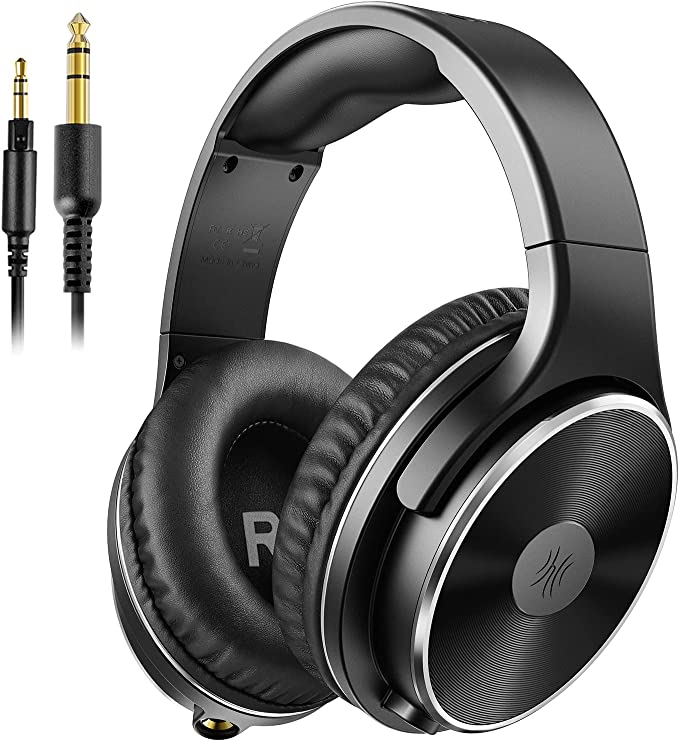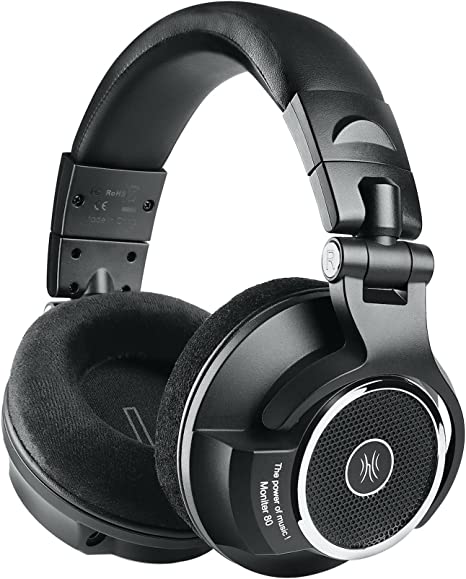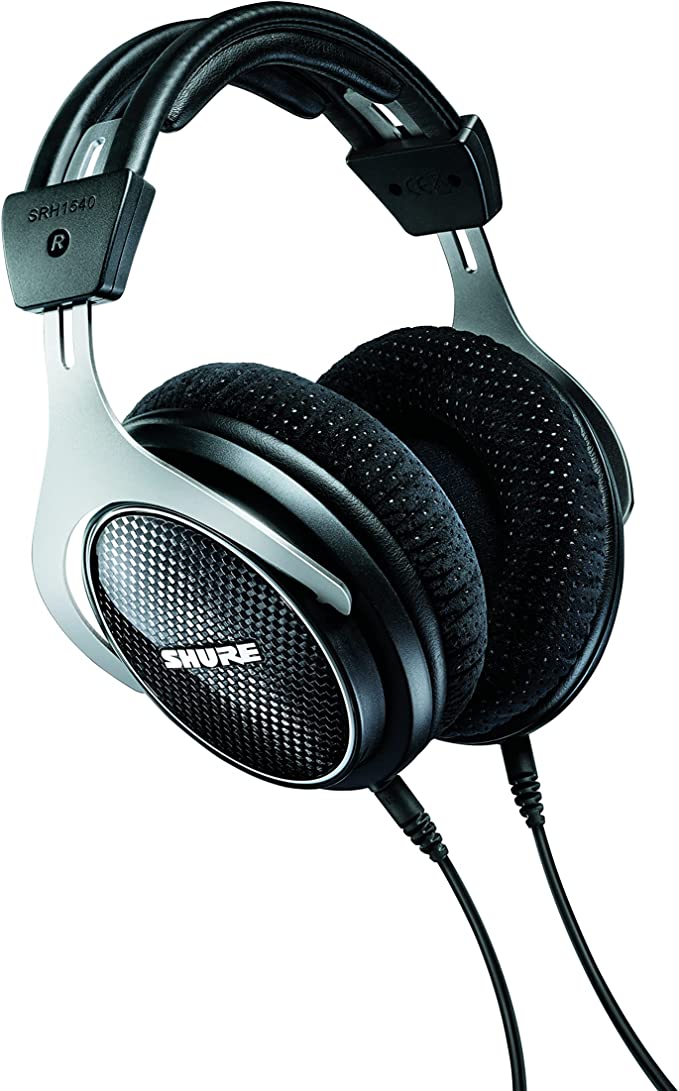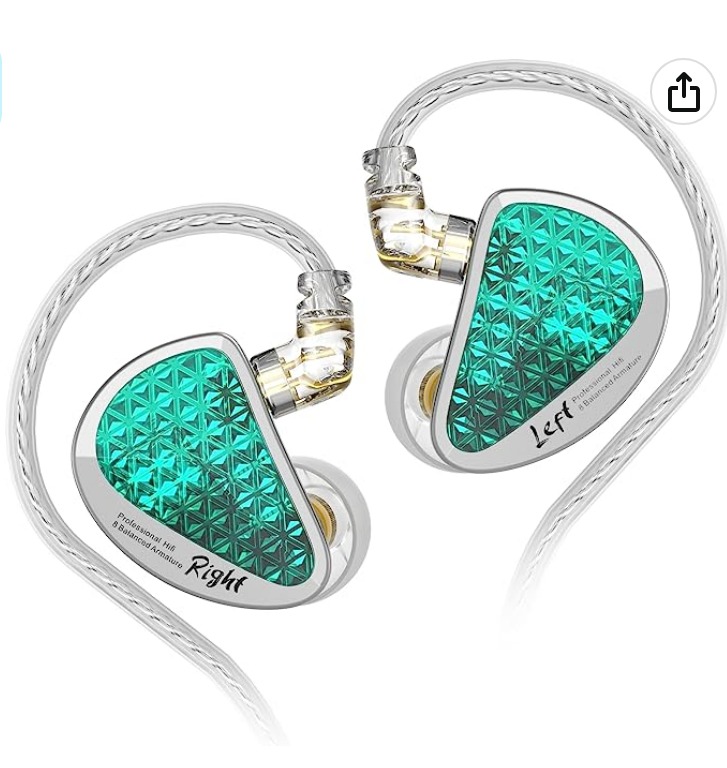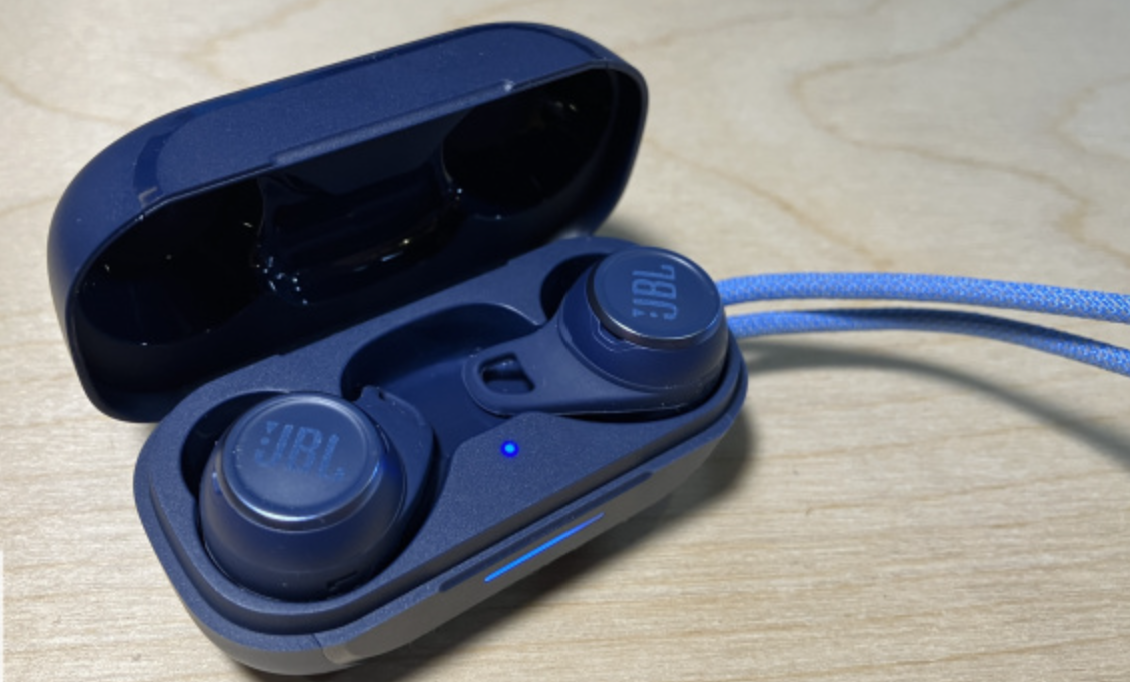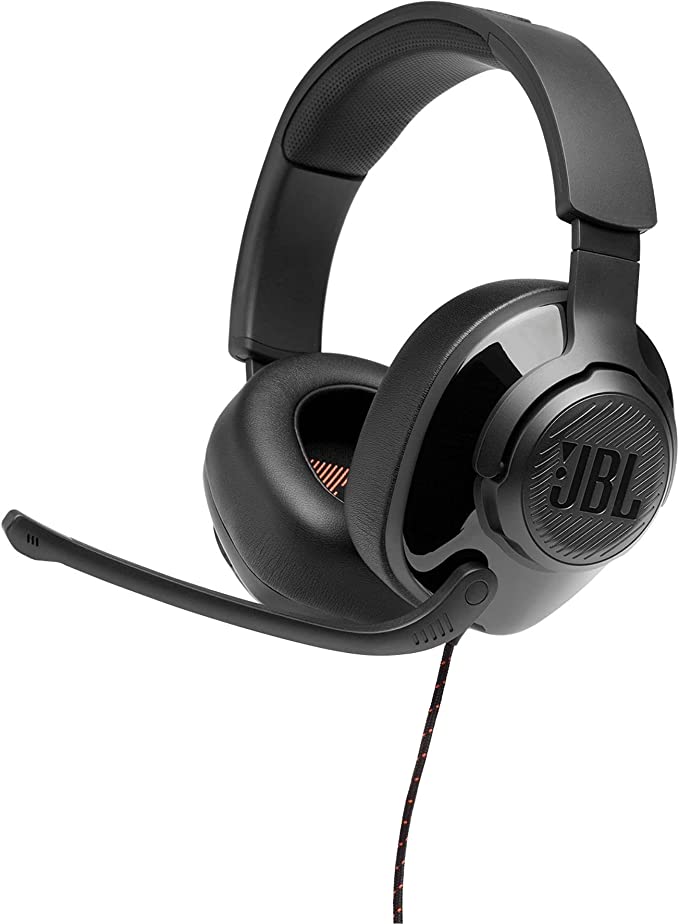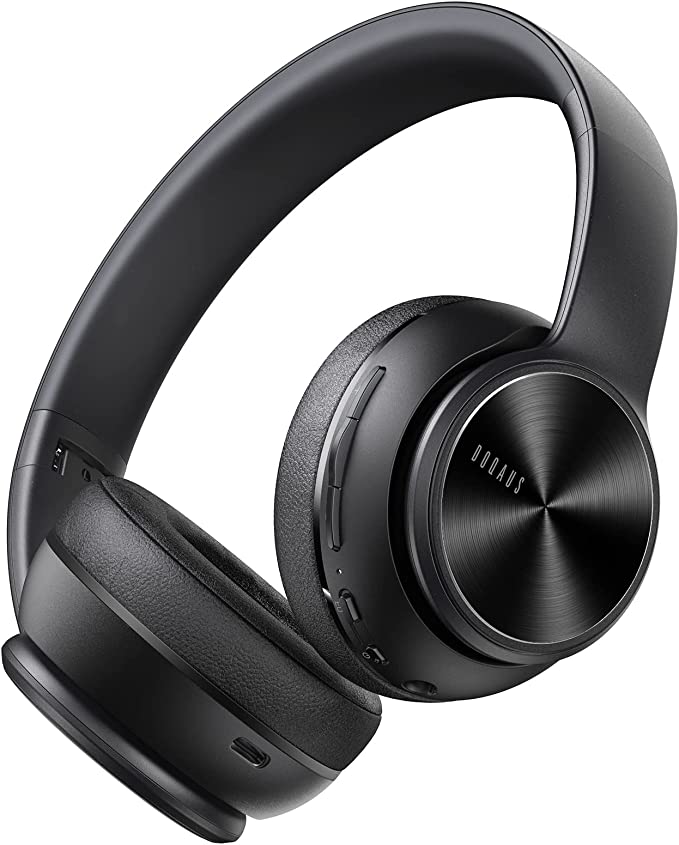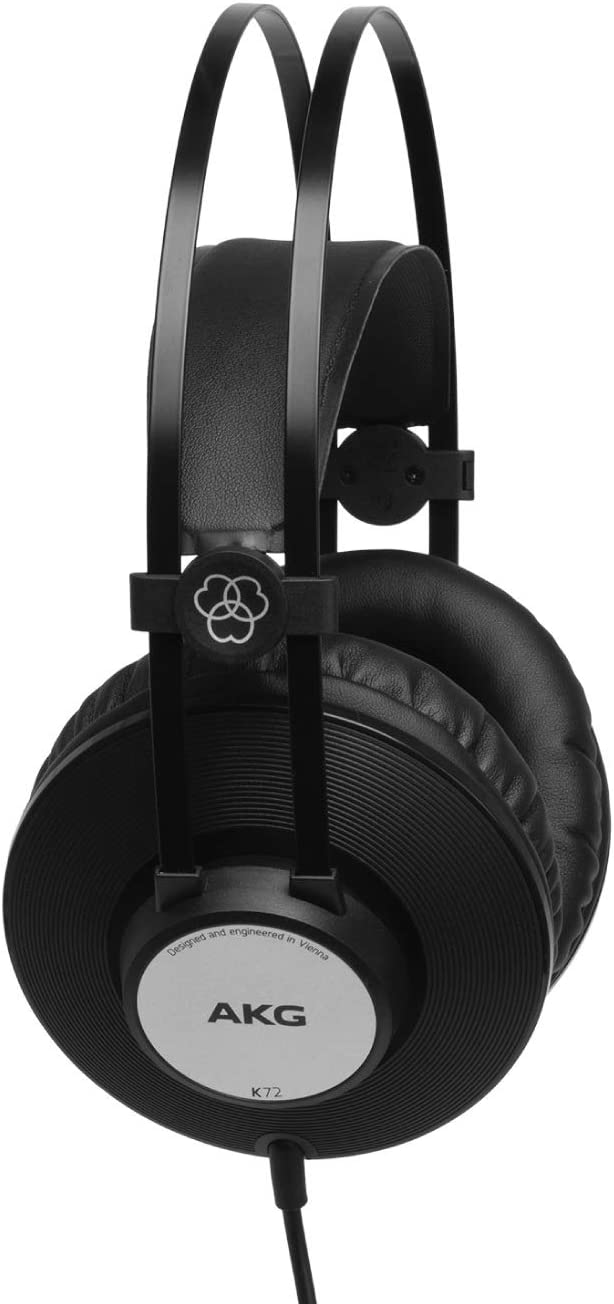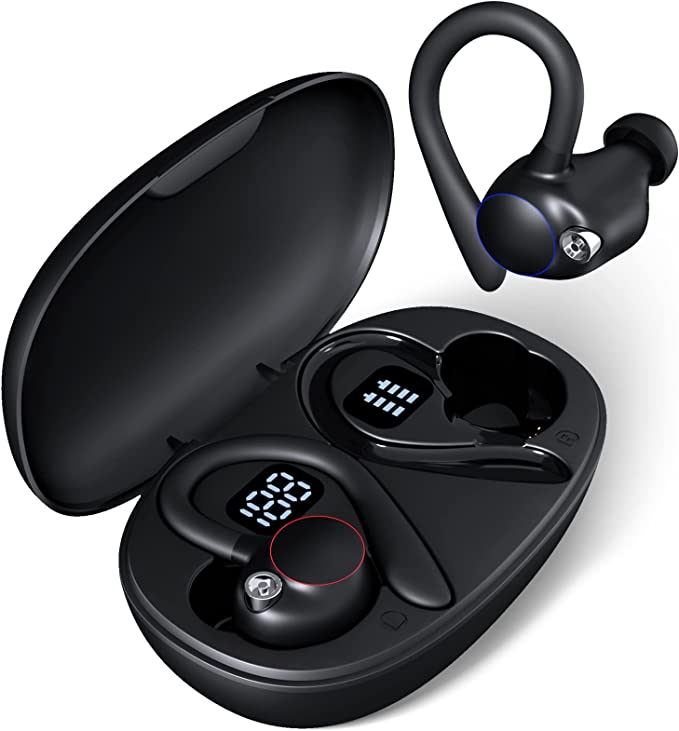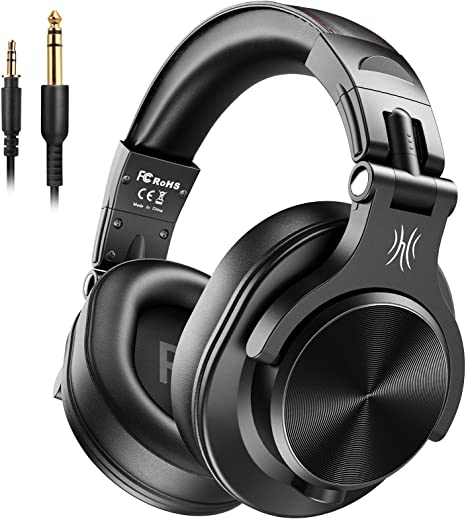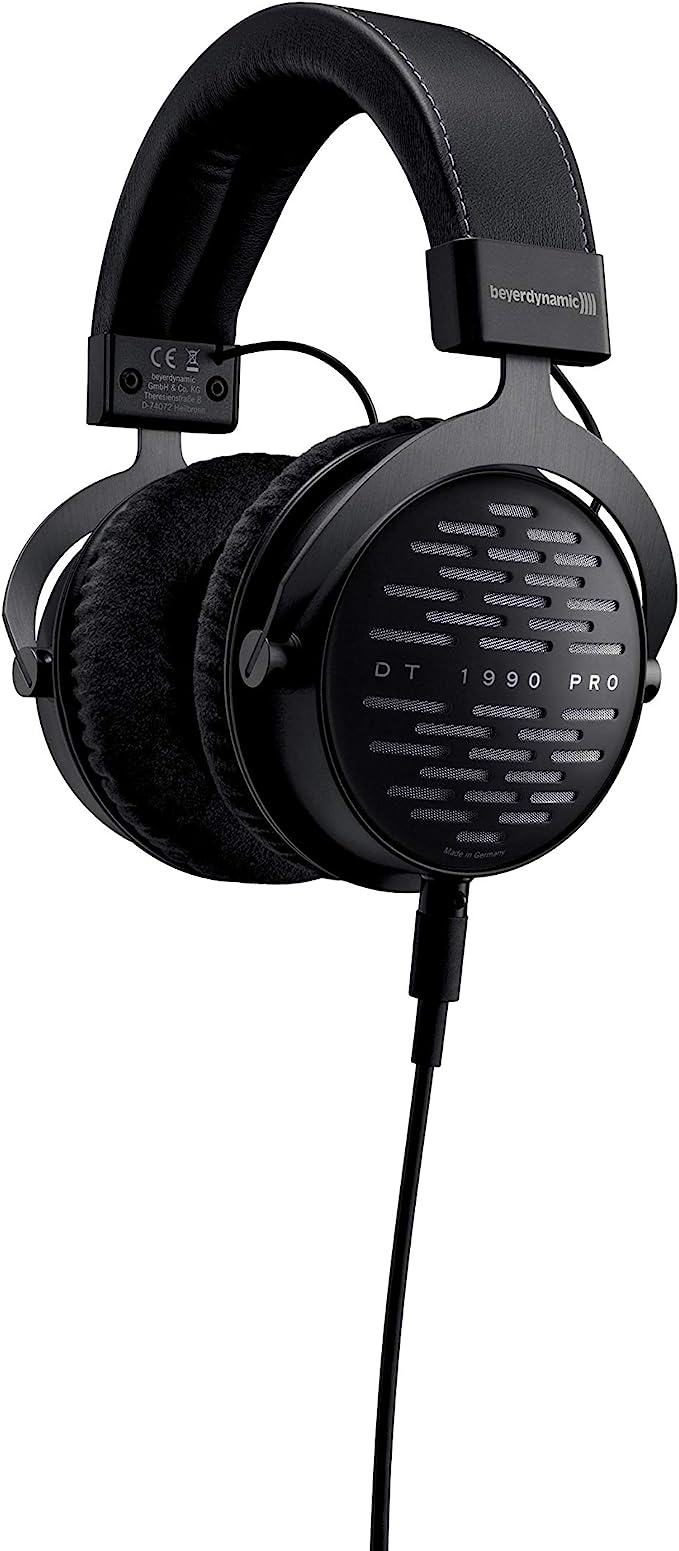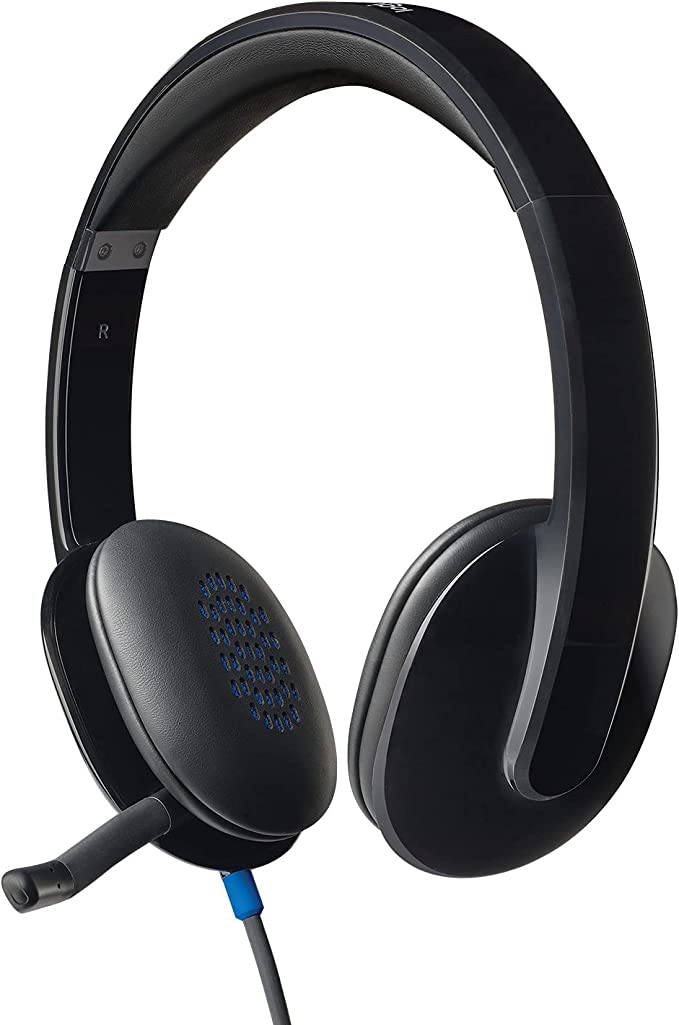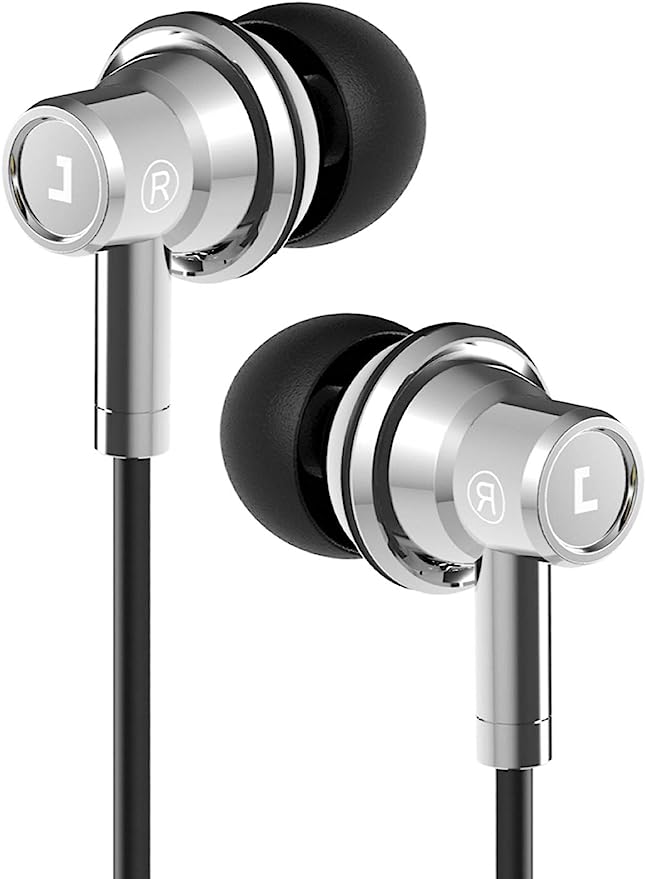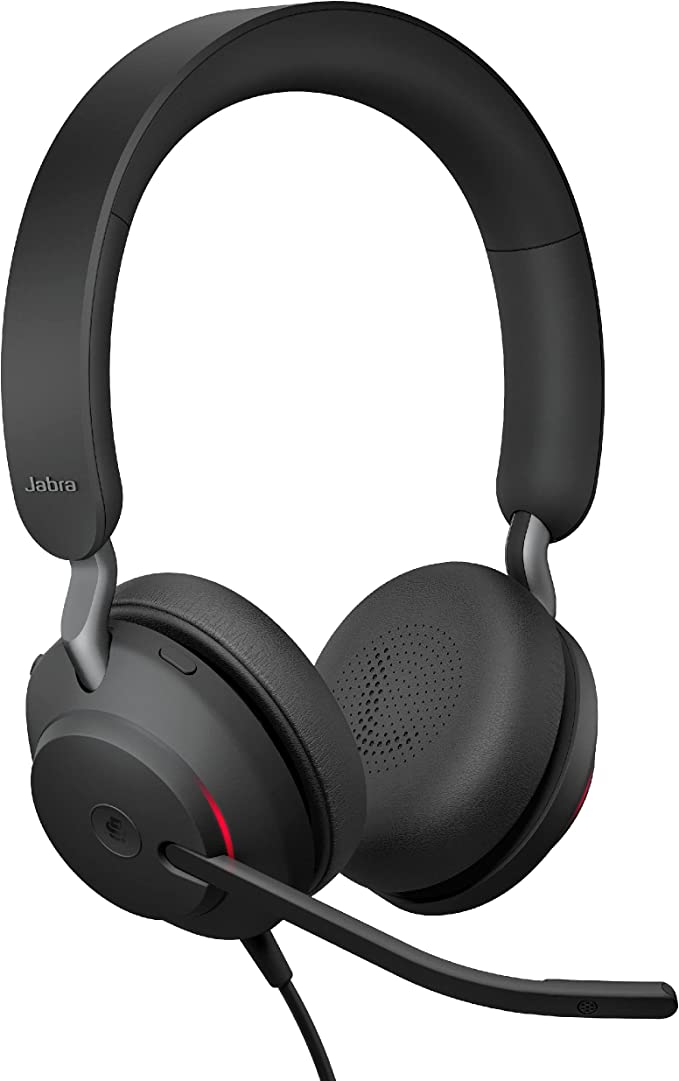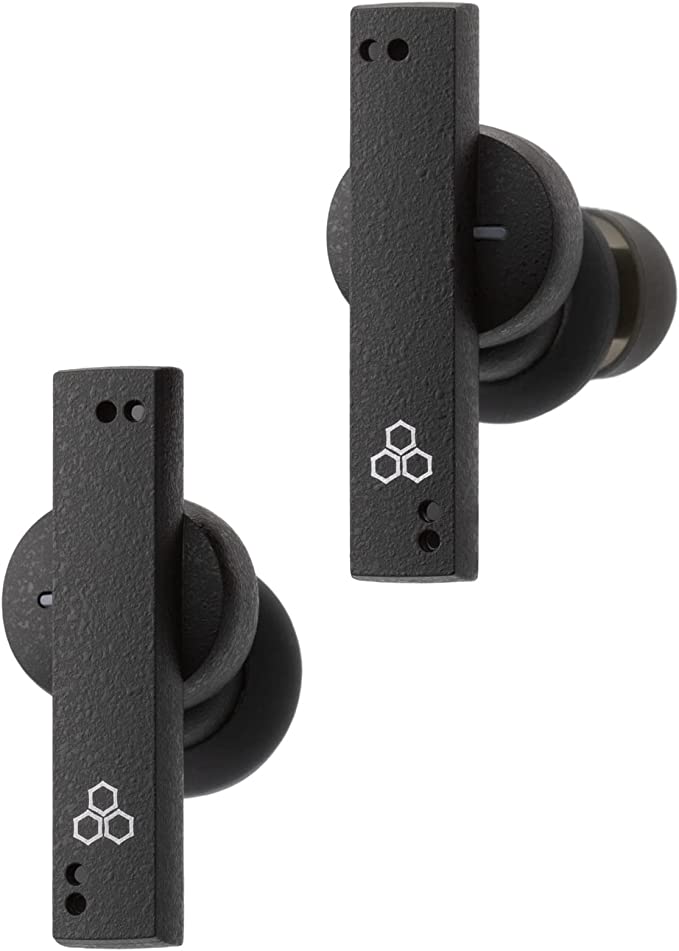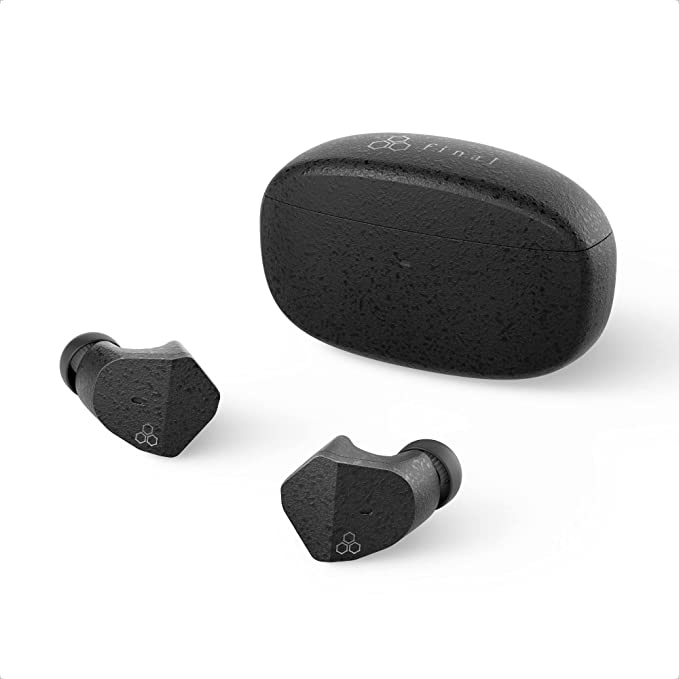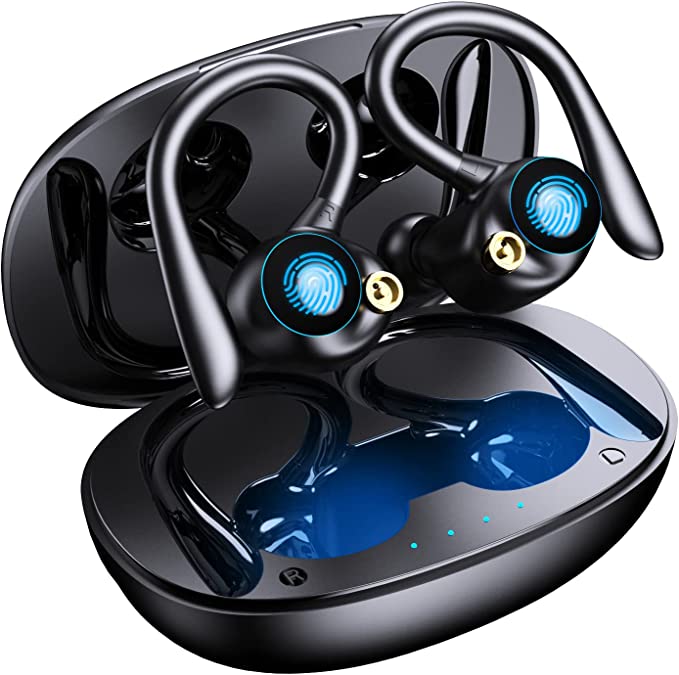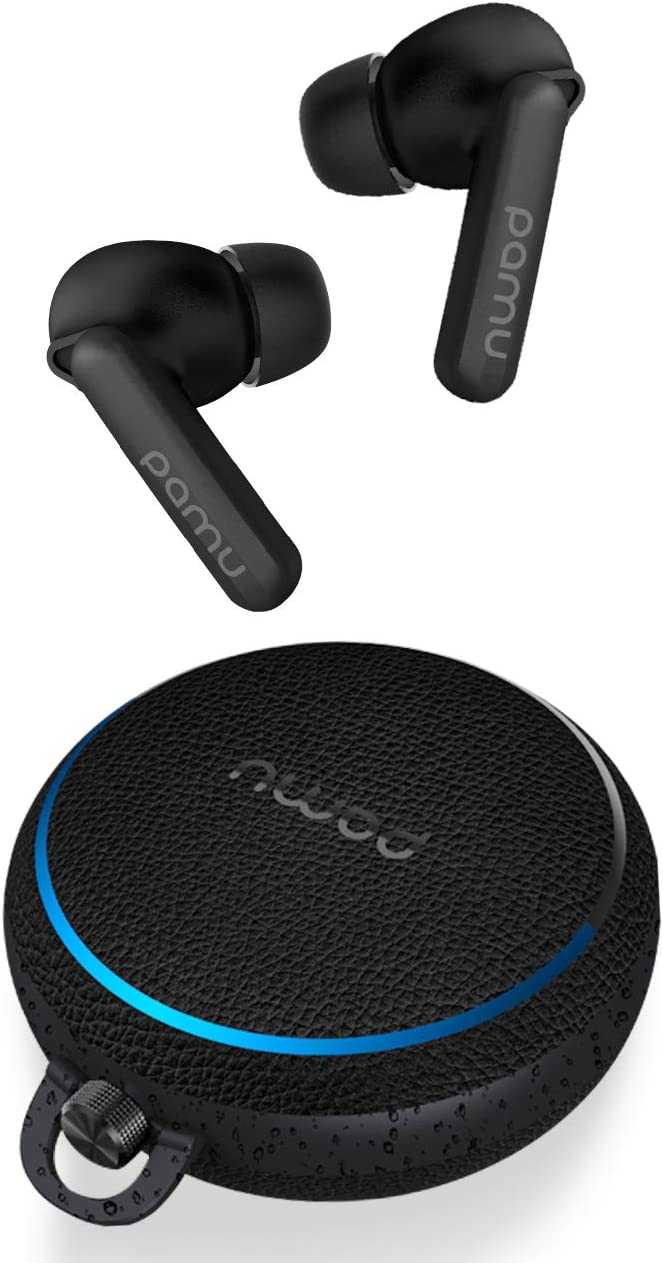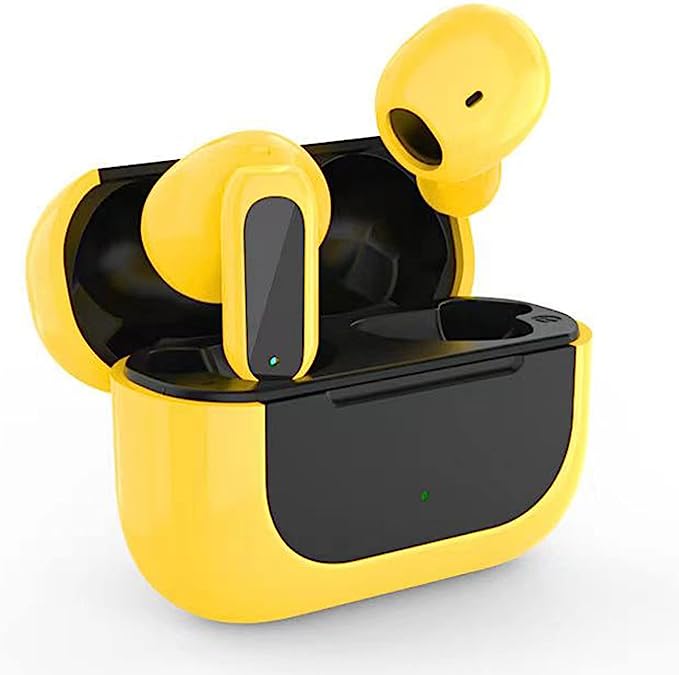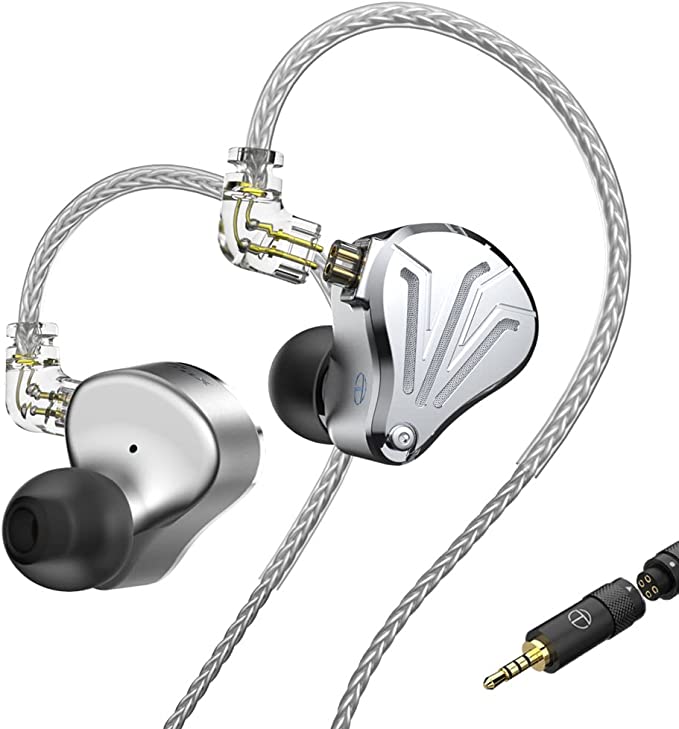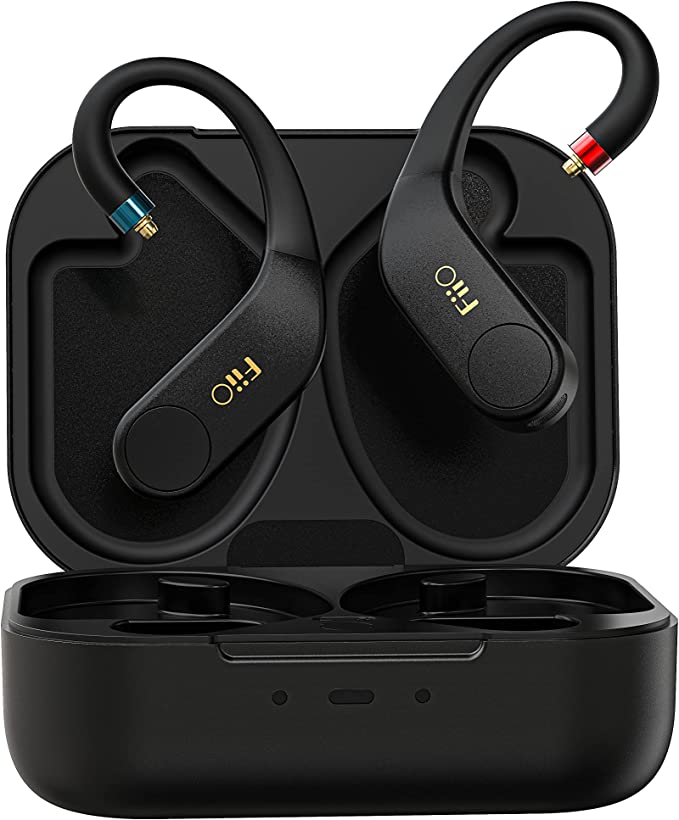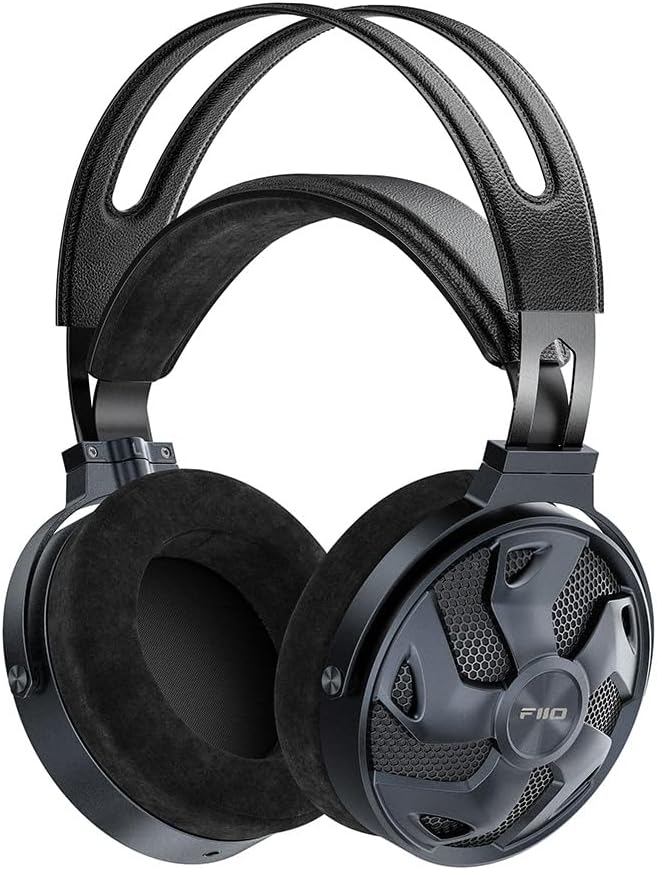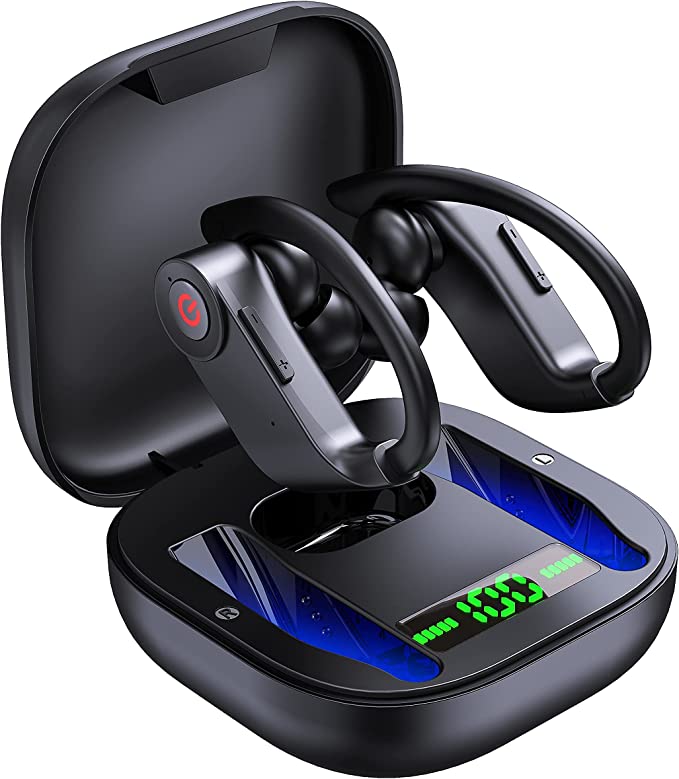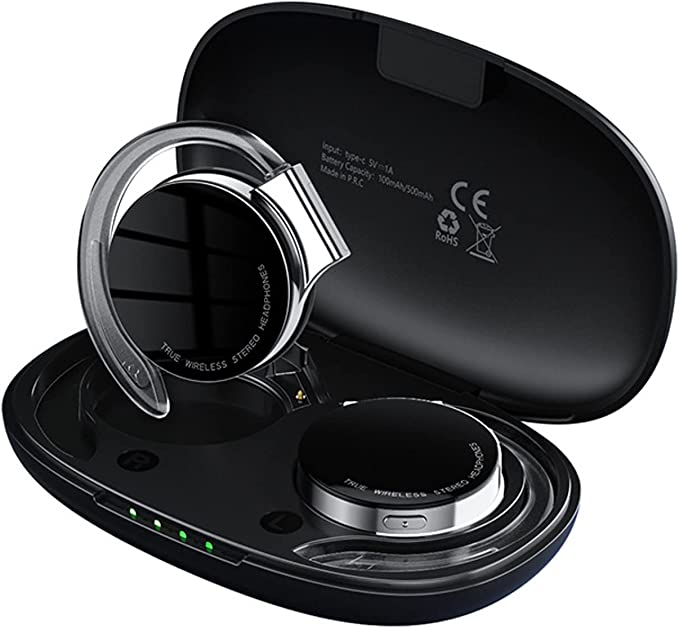The Physics of Pure Bass: Analyzing the JBL Tune 120TWS Acoustic Architecture
Update on Nov. 23, 2025, 6:30 p.m.
In the crowded market of True Wireless Stereo (TWS) earbuds, pricing often dictates performance. However, the JBL Tune 120TWS presents an interesting anomaly. Positioned at an entry-level price point, it carries the weight of a 70-year acoustic legacy. While lacking the active noise cancellation or app integration of its modern “Pro” siblings, it serves as a focused study on Acoustic Prioritization.
By stripping away auxiliary features, JBL engineers doubled down on a singular goal: replicating the Harman Target Curve within a constrained budget. This analysis deconstructs the physics of its 5.8mm driver, the industrial design philosophy behind its charging case, and the inherent limitations of its connectivity architecture.
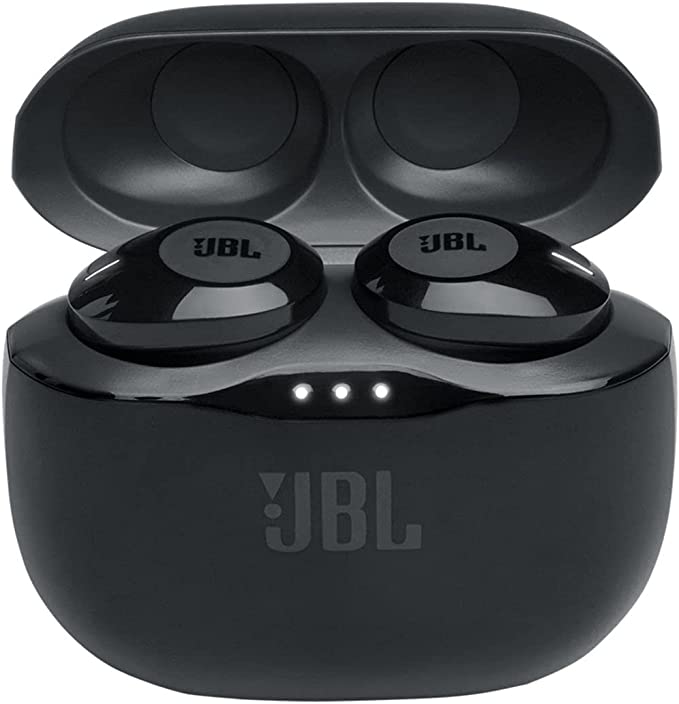
The Acoustic Engine: 5.8mm Driver Mechanics
The heart of the Tune 120TWS is a 5.8mm Dynamic Driver. In an era where competitors boast 10mm or 12mm drivers, this seems diminutive. However, driver size is not the sole determinant of bass response.
- The Physics of Excursion: To generate low frequencies (bass), a driver must move air. A smaller diameter diaphragm must undergo greater linear excursion (move back and forth further) to displace the same volume of air as a larger driver.
- JBL Pure Bass Tuning: JBL’s engineering prowess lies in optimizing this excursion without introducing distortion. By stiffening the diaphragm material and optimizing the magnetic flux of the voice coil, they achieve a sound signature that emphasizes the sub-bass (20-60Hz) and mid-bass (60-250Hz) regions. This creates the psychoacoustic perception of “punch” and “depth” that defies the physical dimensions of the driver. It is a triumph of tuning over raw displacement.
Industrial Design Case Study: Aesthetics vs. Utility
The charging case of the Tune 120TWS is a polarizing piece of industrial design. Modeled to resemble a polished river stone or “pebble,” it prioritizes tactile hand-feel and pocketability.
- The “Topple” Problem: Users frequently note that the case cannot stand upright. This is a direct consequence of the rounded bottom design. While aesthetically pleasing and ergonomic in the hand, it fails the functional test of desk stability.
- Port Placement: The charging port (Micro-USB) is located on the bottom, further preventing upright charging. This design choice reflects an era where aesthetic continuity (hiding the port) was prioritized over utilitarian convenience. It serves as a reminder that industrial design is always a negotiation between form and function.
The Latency Equation: Codecs and Buffers
A recurring theme in user feedback is Video Latency (lip-sync delay). This is not a defect, but a characteristic of the Bluetooth architecture used in this generation of devices.
- SBC Codec Limitations: The Tune 120TWS primarily relies on the SBC (Subband Coding) codec. While universal, SBC has a higher native latency compared to modern aptX Adaptive or AAC implementations in newer chips.
- Buffer Physics: To ensure connection stability (preventing dropouts), the earbuds maintain a data buffer. This buffer introduces a time delay. While imperceptible for music, this 100-200ms delay becomes noticeable when the brain attempts to synchronize visual lip movement with auditory speech. For the consumer, this means the device is optimized for Active Listening (music, podcasts) rather than Passive Consumption (gaming, movies).
Ergonomics: The Passive Isolation Reliance
Without Active Noise Cancellation (ANC), the Tune 120TWS relies entirely on Passive Noise Isolation.
* The Seal: The design uses an angled nozzle to insert the silicone tip deep into the ear canal. This mechanical seal is critical. It blocks high-frequency environmental noise (like chatter) and traps the bass pressure generated by the 5.8mm driver.
* Fit Mechanics: Because there are no stabilizing fins, the fit depends on the friction and shape match between the earbud housing and the concha
. This makes selecting the correct ear tip size (S, M, L) a matter of acoustic necessity, not just comfort. A broken seal results in an immediate loss of bass response, breaking the “Pure Bass” promise.
Conclusion: The Acoustic Essentialist
The JBL Tune 120TWS is an exercise in essentialism. It sheds modern conveniences—wireless charging, app EQ, ANC—to focus its bill of materials on a specific acoustic goal: delivering the energetic, bass-forward JBL sound signature. For the user who prioritizes musicality and brand tuning over feature density, it represents a calculated and effective engineering compromise.


